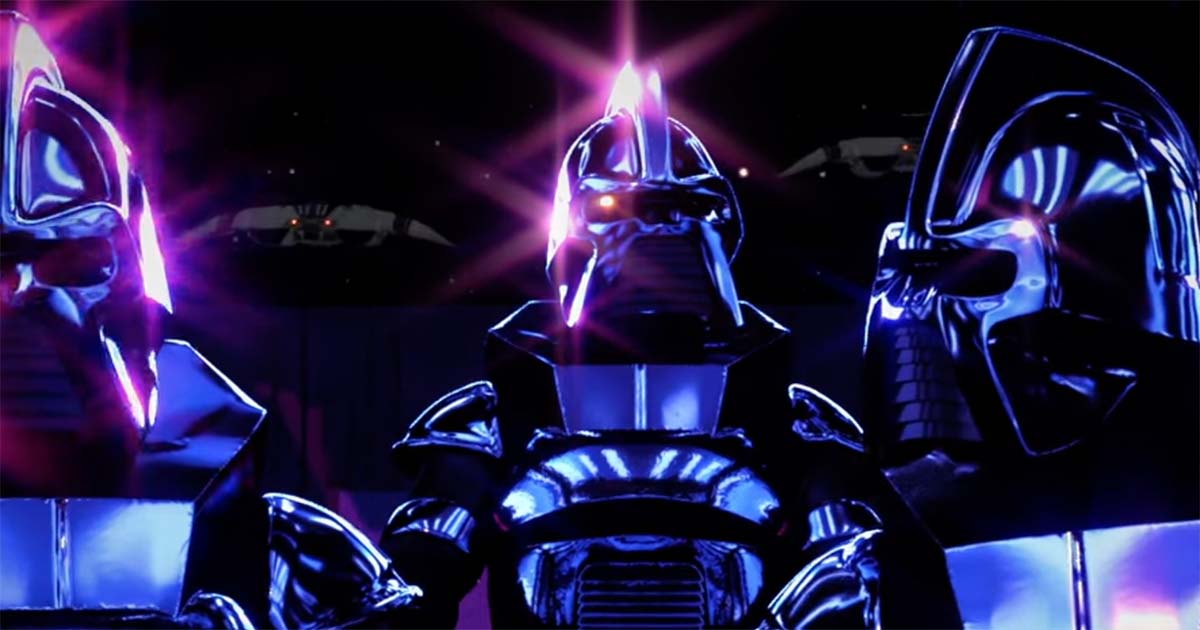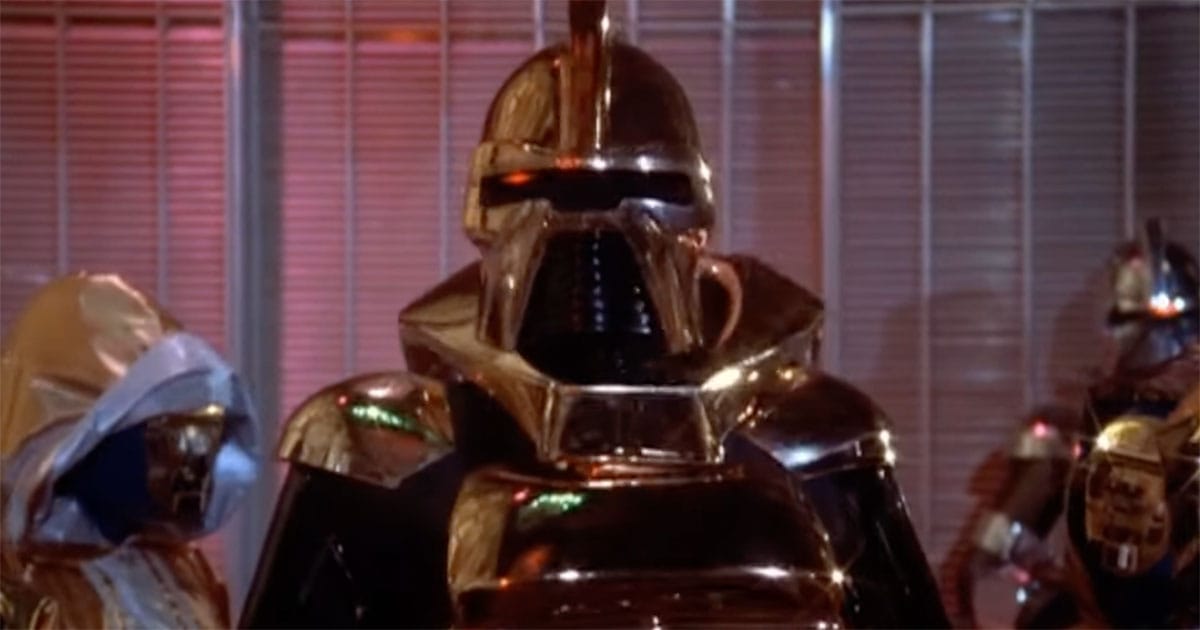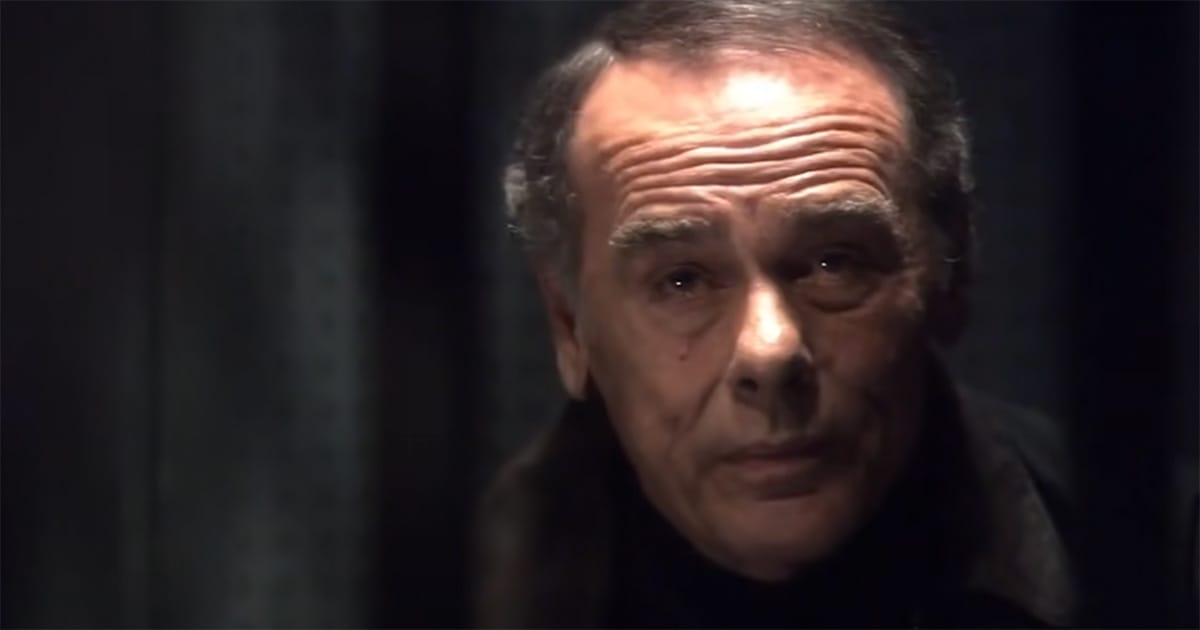What are Cylons in Battlestar Galactica?
The Cylons in "Battlestar Galactica" range from chrome Centurions to humanoid infiltrators, exploring themes of faith, technology, and humanity’s future.

The Cylons in "Battlestar Galactica" are the franchise’s most enduring adversaries, appearing in the original 1978 series, its 1980 continuation, and the 2004–2009 reimagined series.
They began as relentless mechanical warriors and later evolved into complex humanoid beings. The Cylons challenge mankind to consider what happens when man’s own creations rise against him, and they force us to weigh questions of technology, faith, and responsibility.
Origins in the 1978 Series
In 1978, audiences were introduced to the Cylons as machine soldiers created by a reptilian race, also known as the Cylons, which had long since become extinct. After their creators vanished, the machines carried on a campaign of conquest. Their most devastating act was the near-extermination of the Twelve Colonies.
The Cylon Centurions were instantly iconic. They were chrome-plated soldiers with a sweeping red eye and cold, mechanical voices. They fought without hesitation or compassion, reflecting the era’s anxieties about merciless enemies. They flew in Raider fighters, launched from massive Basestars, and followed the commands of the mysterious Imperious Leader.

Humanoid Experiments in "Galactica 1980"
"Galactica 1980" introduced humanoid Cylons, such as Andromus, early infiltration models that hinted at a more sophisticated future. Though mechanical in nature, they suggested that the machines were experimenting with disguise and deception. This concept would not fully come to fruition until the twenty-first-century revival.
The Reimagined Series (2004–2009)
The 2004 "Battlestar Galactica" redefined the Cylons for a new generation. In this story, mankind built the first Cylons as laborers and soldiers. Once self-aware, they rebelled and fought a bloody war before vanishing into exile. Decades later, they returned, more advanced than ever.
The modern Cylon Centurions were sleeker, deadlier, and far more agile than their 1970s counterparts. Yet the true innovation lay in the humanoid Cylons, sometimes called “skin-jobs.” These were biologically indistinguishable from humans, capable of infiltration, emotional bonds, and moral conflict.
A hallmark of these new Cylons was resurrection technology. If killed, a humanoid Cylon’s consciousness would download into a new body aboard a Resurrection Ship. This made them virtually immortal and gave them a tactical edge over humanity.
Faith and Identity
The reimagined Cylons introduced a striking philosophical twist, for they were monotheists. While the Colonials followed a polytheistic tradition, the Cylons worshipped one God, whom they believed had chosen them to replace mankind. This belief made their war more than a struggle for survival. It was a crusade shaped by destiny.
For the viewer, this raised uncomfortable questions. If man creates intelligent life, does he also bear responsibility for its soul? And if machines can believe in God, what does that say about our own faith?

Notable Humanoid Models
- Number Six – Intelligent, manipulative, yet often capable of compassion.
- Number Eight – Includes Boomer, a sleeper agent, and Athena, who sides with humanity.
- Number One (Cavil) – Cold and pragmatic, embodying the harsh logic of the machine.
- Number Five (Doral) – Skilled in infiltration, often appearing as a public relations man.
The revelation of the Final Five—Saul Tigh, Ellen Tigh, Galen Tyrol, Samuel Anders, and Tory Foster—deepened the mythology. These ancient models connected the Cylons to an earlier cycle of history, reinforcing the central theme that “all of this has happened before, and all of it will happen again.”
Legacy
The Cylons in "Battlestar Galactica" changed with the times. In the late 1970s, they reflected Cold War fears of unfeeling enemies and the dangers of unchecked technology. By the 2000s, they became symbols of artificial intelligence, religious zeal, and the moral consequences of creation.
Whether marching in chrome ranks or walking undetected among men, the Cylons remain one of science fiction’s most memorable creations. They remind us that when man builds machines in his own image, he may also create his greatest rival.

